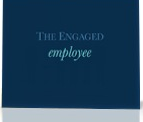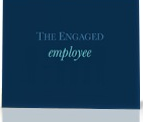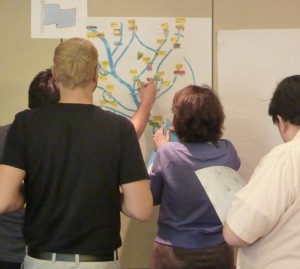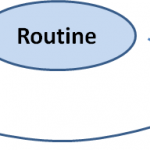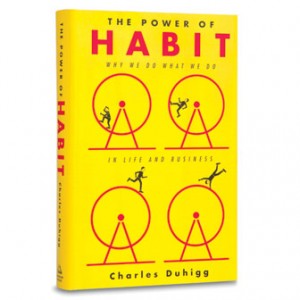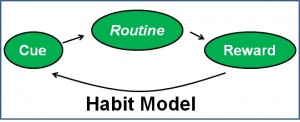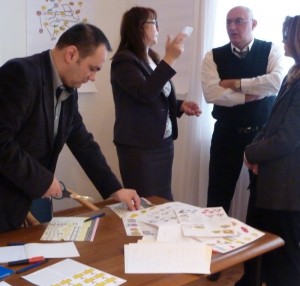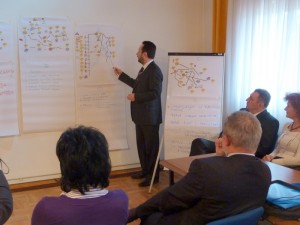It’s often said that a picture is worth a thousand words. That may be true. But a metaphor is worth a thousand pictures. Using metaphors in business might be a relatively new concept to some people, but it’s been in large businesses, international agencies and governments since 1988, with a track record of success. One of the biggest benefits of using metaphors is that metaphors promote creativity.
Just take a moment to imagine your typical meeting. You want to roll out a new project and your team is working to foresee problems and implement solutions to solve them. In addition, they need to find opportunities to engage other employees, or customers, or clients and help them manage the change in an effective and least problematic way. There might be notepads in your meeting, there’s probably a white board or a computer screen projection writing down ideas. You might have 1/2 the team working productively throwing out ideas. The ideas may be organized neatly, or you may find yourself having to re-explain what the idea was or the intention. You come away from the meeting feeling somewhat defeated, hoping to have accomplished more in your meeting than what was done. You schedule another meeting, and then another, hoping to get more clarity on the issue.
Metaphor mapping helps prevent wasted time, and makes process planning more effective by engaging all your team members in a creative project. Using visual symbols and metaphors is engaging and turns on the creative portion of your team members’ brains and allows them to have more free thinking processes, giving them opportunities to visually see different paths, different problems, and new solutions.
This free thinking and creativity allows your meetings to be more effective and involves people more deeply and prompts them to take ownership of the strategy and tasks. Being involved and feeling like you’re a part of the solution is a huge step towards successfully implementing change within your company.
It’s hard to believe that such a simple strategy can be so successful, but it won’t take you long to become a believer in the metaphor mapping strategy.
For more ways our unique metaphor mapping can help your team meet your business needs and succeed, please contact us today!


